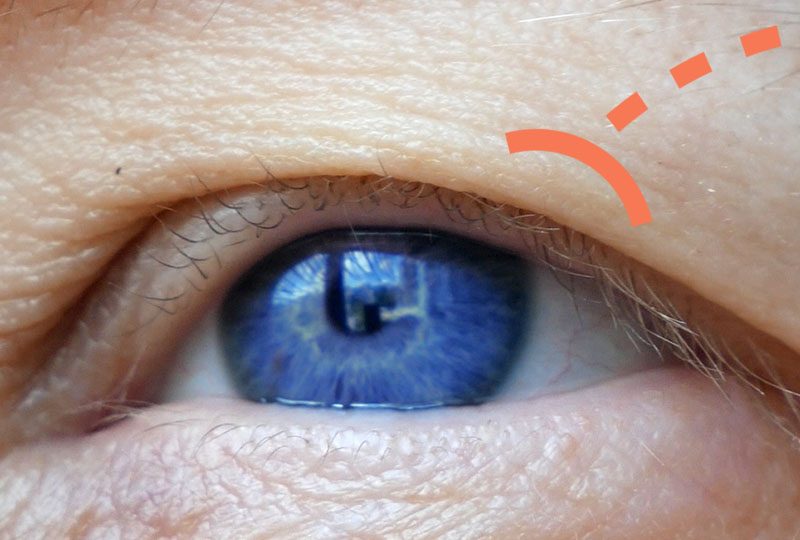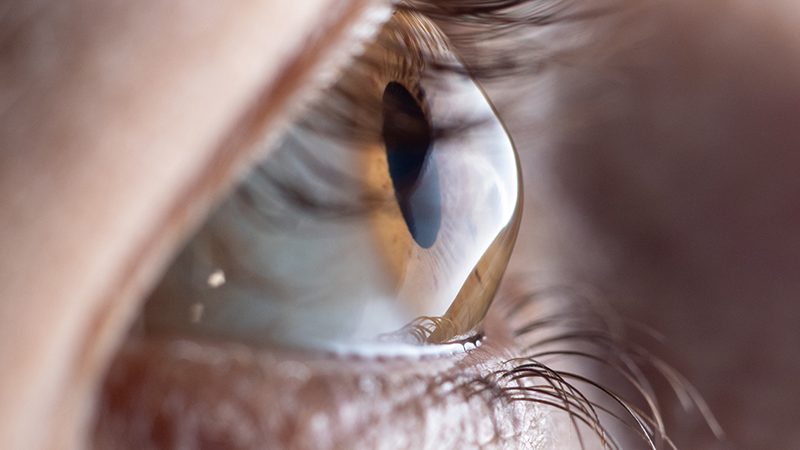Understanding How Light Shapes Our Vision
The refractive nature of the eye is a fascinating concept that explains how light bends as it travels through different parts of the eye to help us see. When we understand how refraction works in our eyes, it becomes clear why certain vision conditions, such as nearsightedness, farsightedness, and astigmatism, occur and how they can be corrected.
What is Refraction?
Refraction is the bending of light as it passes from one medium to another. When light rays enter the eye, they travel through different layers with varying densities—such as the cornea, aqueous humor, lens, and vitreous humor—bending as they go. This bending focuses light onto the retina, creating a clear image.
In simple terms, the refractive nature of the eye allows it to focus light effectively, making it possible to see objects clearly at various distances.
The Eye’s Refractive Components
The human eye has several key parts responsible for bending (or refracting) light to achieve clear vision:
- Cornea: The cornea is the eye’s outermost layer and the main structure for light refraction. It provides about 65-75% of the eye’s focusing power.
- Lens: Located behind the cornea, the lens fine-tunes the focus. The flexibility of the lens allows it to adjust to focus on objects at different distances, a process known as accommodation.
- Aqueous and Vitreous Humors: These gel-like fluids in the eye contribute to its shape and support the refractive process by maintaining optimal pressure and consistency.
How Refraction Shapes Vision
A healthy eye with perfect refraction is known as emmetropic, where light focuses precisely on the retina for clear vision. However, if the eye’s refractive components do not bend light properly, common vision issues can arise:
- Myopia (Nearsightedness): When light focuses in front of the retina, close objects appear clear, but distant objects are blurry.
- Hyperopia (Farsightedness): Light focuses behind the retina, making nearby objects appear blurry.
- Astigmatism: An irregular cornea or lens shape causes light to scatter and prevents a single focus point, creating blurred vision at all distances.
Correcting Refractive Errors
Refractive errors can be corrected in several ways:
- Eyeglasses or Contact Lenses: These correct the path of light entering the eye, ensuring it focuses correctly on the retina.
- Refractive Surgery: Procedures like LASIK reshape the cornea to improve how light is focused.
- Intraocular Lenses (IOLs): These lenses replace the natural lens in cataract surgery, often with the added benefit of correcting refractive errors.
Why Understanding Refraction Matters...
Knowing about the refractive nature of the eye helps in understanding not only vision issues but also why certain treatments work. It also highlights the importance of regular eye exams, as an eye care professional can measure refractive errors and recommend the best corrective options for clear, comfortable vision.
The refractive nature of the eye is fundamental to how we perceive the world around us. By bending light precisely, our eyes allow us to see clearly, whether we’re reading a book or admiring a distant landscape.




